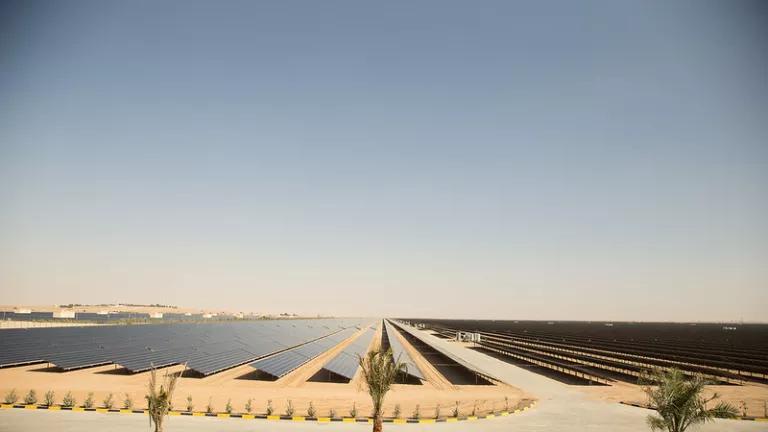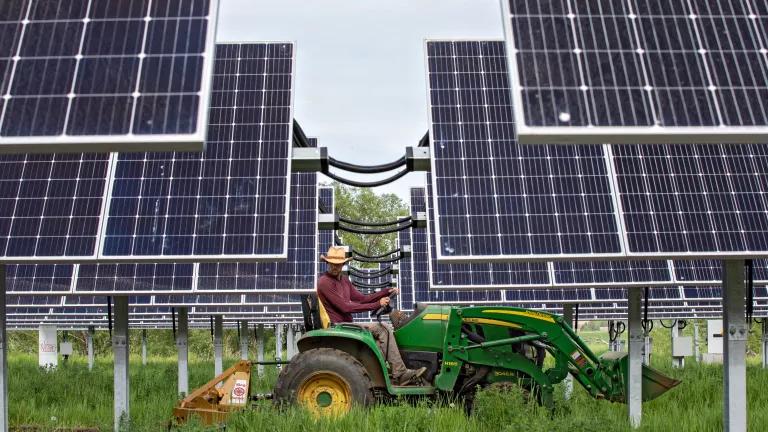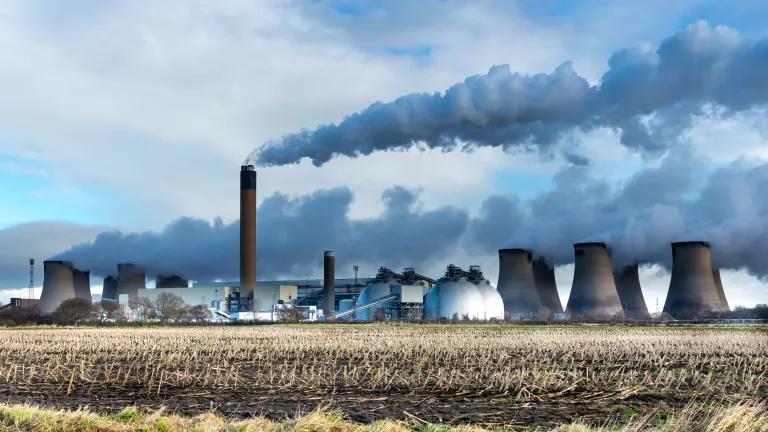You Can’t Be a Climate Leader and Burn Trees for Electricity
I’m freshly off a two-week stint in the United Kingdom, a visit that came just as the climate scientists convened by the United Nations released their no-holds-barred report showing what we all need to do to forestall the worst impacts of climate change. In many ways, the UK is making impressive progress toward meeting this challenge: Its solar and wind capacity has increased substantially and offshore wind projects like the Walney Extension continue to break records. In addition, the energy department just asked for input on how the nation can achieve net zero emissions target by mid-century.
But the report from the UN’s Intergovernmental Panel on Climate Change (IPCC) also demonstrates one area in which the UK is woefully out of step with science and the reality of climate change. The UK needs to reverse course and end its massive subsidies for wood-fired electricity generation now if the country is going to help the world avoid warming of more than 1.5 degrees Celsius.
Recently, the UK government tightened its carbon intensity requirement for any biomass-burning power plants seeking future support from its Contracts for Difference subsidy program. This was a crucial first step, as my colleague and I described in detail here.
The new emission limit is now set at 29 kg of CO2 equivalent per MWh. This effectively rules out the use of imported wood pellets for electricity production for new UK biomass plants. In justifying the change, the UK government says that, “continuing to apply the existing GHG threshold would lead to GHG emissions [for biomass electricity] significantly above the projected UK grid average.”
Translation: burning wood pellets for electricity is bad for the climate and is not part of a credible solution to decarbonizing electricity grids. Coming from the world’s largest importer of biomass, and a country that spent over $1 billion dollars last year alone subsidizing this industry, this is a big deal.
But despite these facts, the UK’s policy doesn’t address its massive existing biomass electricity sector, which are set to continue until 2027. None of the pellets currently burned in the UK meet the new emissions standard. The lowest emissions intensity reported by Drax Power, the UK’s top utility and the single largest consumer of imported biomass in the world, is well above the 29 kg limit. But the government is allowing its subsidies to Drax to continue even as it recognizes this will not help cut greenhouse gas emissions.
That’s good money thrown after bad that could instead be invested in real climate solutions: solar panels, wind turbines, and smart resources to balance them, such as battery storage.
The good news is that the UK grid does not need biomass electricity. A 2018 study commissioned by NRDC and executed by Vivid Economics and Imperial College evaluated the UK grid and its reliability needs and concluded that in 2030, under increasingly strict carbon intensity targets for electricity generation, and as soon as 2021, the UK could retire all its biomass and operate a low-carbon, cost-effective electricity system with an energy mix increasingly dominated by solar and wind, without compromising a reliable electricity supply.
UK biomass subsidies were put into place in good faith many years ago when policymakers believed that switching from burning coal to burning wood would help the climate. But the world has changed since then. Solar and wind are cheap and getting cheaper, and there’s overwhelming evidence now on both the harmful forest impacts of biomass harvest, and that burning forest biomass for electricity increases net emissions to the atmosphere for anywhere from 35 to 100+ years. Given what we’ve just heard from the IPCC, it’s clear we don’t have decades to waste on a bad policy.
Just this week, the UK government opened a consultation into phasing out incentives for burning biomass in urban environments under its Renewable Heat Initiative, yet another important course correction. Drax also announced its purchase of gas, hydro, and pumped storage assets from Scottish Power, a critical move to diversify its portfolio, which means it is no longer just a coal and biomass company. The writing is on the wall and the UK government should accelerate the transition away from dirty bioenergy, not prolong its life.
Two critical and immediate steps the UK government must take right now to show it is serious about leading this fight are: 1) apply stricter GHG criteria to subsidies being paid out to all existing biomass-burning power stations, including Drax; and 2) change its public rhetoric on biomass electricity to make clear to the world that this was a costly mistake for the UK and other countries should not repeat it.
The good news is that while I was in the UK meeting with a wide variety of stakeholders across government, academia, public interest organizations, and the media, I heard no disagreement on these basic facts: that biomass is bad for the climate and damages forests—a huge change from just one year ago. They all understand the importance of addressing climate change and aligning UK policies to take on the task. Ending massive subsidies to one of the country’s biggest power producers won’t be easy, but if preservation of our planet as we know it isn’t reason enough to do it, then what is?



